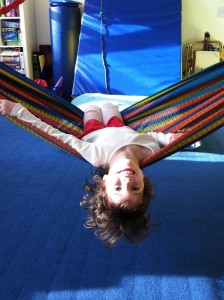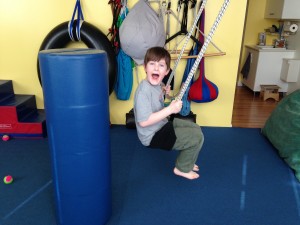There is nothing more rewarding as a pediatric OT than seeing a child achieve a milestone, be it engaging in social interactions appropriately, sitting up on their own, writing independently, or feeding themselves for the first time. Occupational therapy can provide the tools for children with a variety of diagnoses and disabilities to become more independent and engaged in typical childhood activities. Through play-based activities and therapeutic exercises, children can learn new skills and can be facilitated to engage with others, try new tasks, and acquire new skills.
What is Occupational Therapy?
Occupationa l therapy practitioners help people across the lifespan participate in the things they want and need to do through the therapeutic use of everyday activities (occupations). Common occupational therapy interventions include helping children with disabilities to participate fully in school and social situations, helping people recovering from injury to regain skills, and providing supports for older adults experiencing physical and cognitive changes. © 1999 – 2011 American Occupational Therapy Association, Inc. All rights reserved.
l therapy practitioners help people across the lifespan participate in the things they want and need to do through the therapeutic use of everyday activities (occupations). Common occupational therapy interventions include helping children with disabilities to participate fully in school and social situations, helping people recovering from injury to regain skills, and providing supports for older adults experiencing physical and cognitive changes. © 1999 – 2011 American Occupational Therapy Association, Inc. All rights reserved.
Occupational Therapy treatment for children can focus on the following: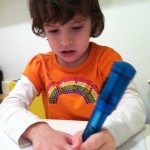
- sensory integration, desensitization strategies, coping skills for improved accommodation to sensory input, sensory diets (recommendations of sensory strategies for home and school),
- fine motor/handwriting exercises, development of a pincer grasp or appropriate grasps on tools, in-hand manipulation skills, development of manual dexterity for pre-academic tasks,
- upper body strengthening, oral motor strengthening, trunk or core musculature exercises, hand strengthening,
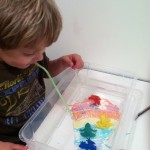
- visual motor exercises, bilateral integration exercises, ball skills, puzzle skills, perceptual skills,
- ocular motor skills, tracking exercises, scanning skills,
- activities of daily living (ADLs), instrumental ADLs, self-care independence, feeding skills, need for adaptive equipment for ADLs,
- executive functioning skills, sequencing/organizational skill development, attention to
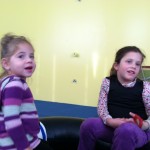 task, following multi-step directions,
task, following multi-step directions, - self-regulation skill training, coping with frustration and stressors, relaxation strategies,
- social skills development (group based therapy), development of play skills.
More literature about OT for children (click on links below):
Role of OT for Children & Youth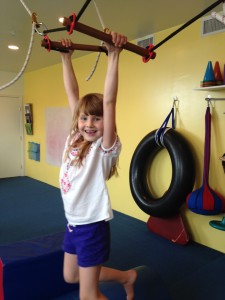
Addressing Sensory Integration through OT
Learning through play & recommended toys
Developmental Problems in Children
Developing Play Skills of Children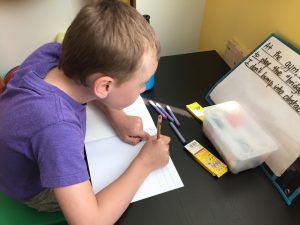
Finding Good Apps for Children with Autism- NY Times
Balance balls as Classroom Chairs Articles
OT related sites:
American Occupational Therapy Association
Fun and Function Special Needs Toys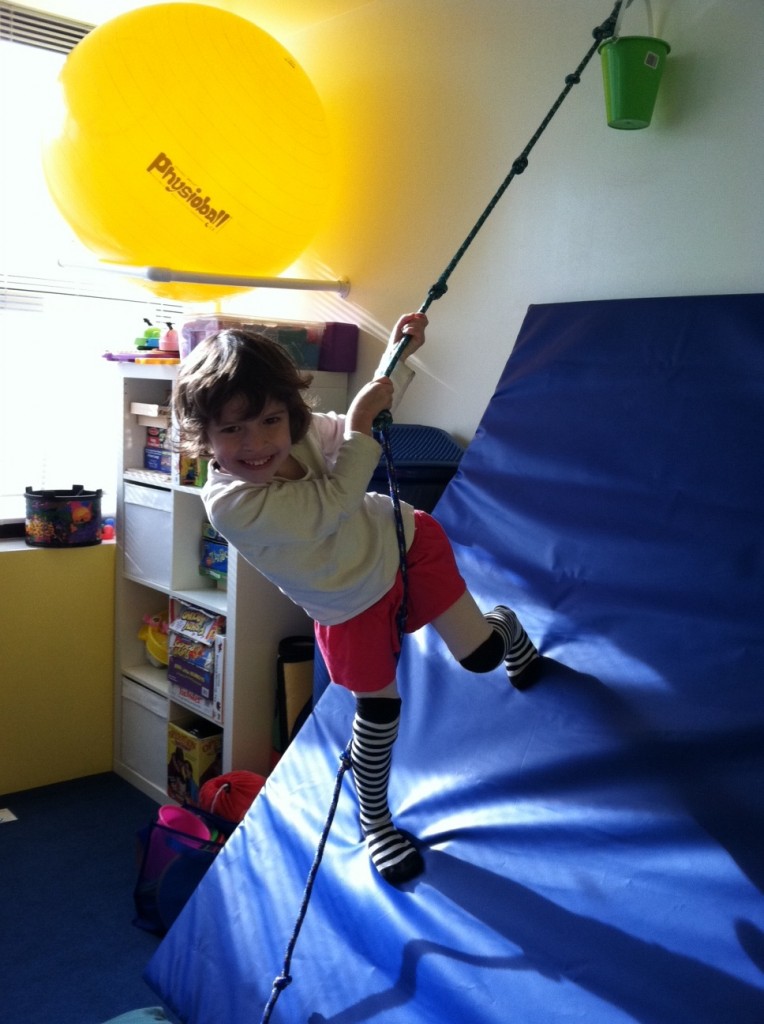
Therapeutic Listening Program Vital Links
The Sensory University Toy Company
Star Institute for Sensory Processing Disorder
A Sensory Life- offers tips and information about sensory processing

